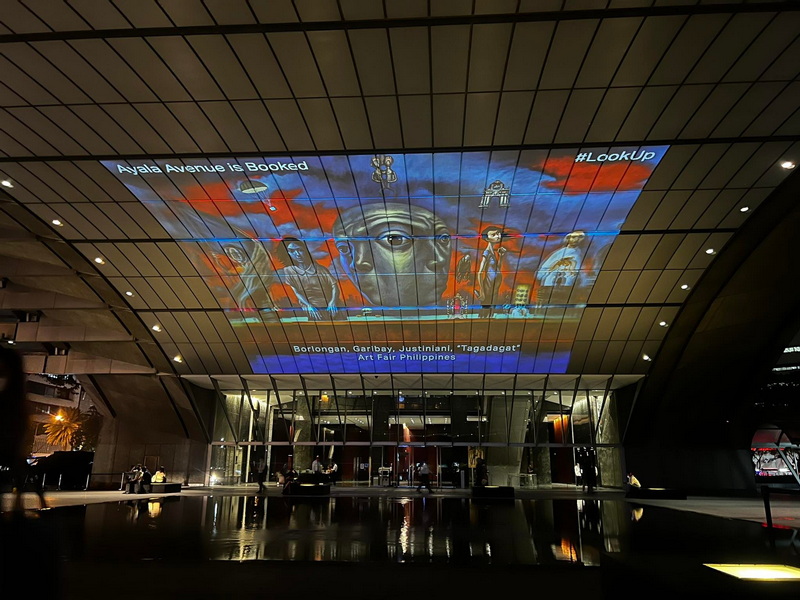Much has been said and done about exploring the Makati Central Business District (CBD), but no one can offer a more nuanced guide or discussion than those instrumental to its development.
For the first time ever, Ayala Land, Inc. (ALI) in support to the Makati Central Estate Association Inc. (MACEA), the association of property owners within CBD, hosted an exclusive media tour covering the architecture, art, and heritage that are making this golden quadrant along Ayala Avenue into a dynamic, ever-evolving community that it is today.
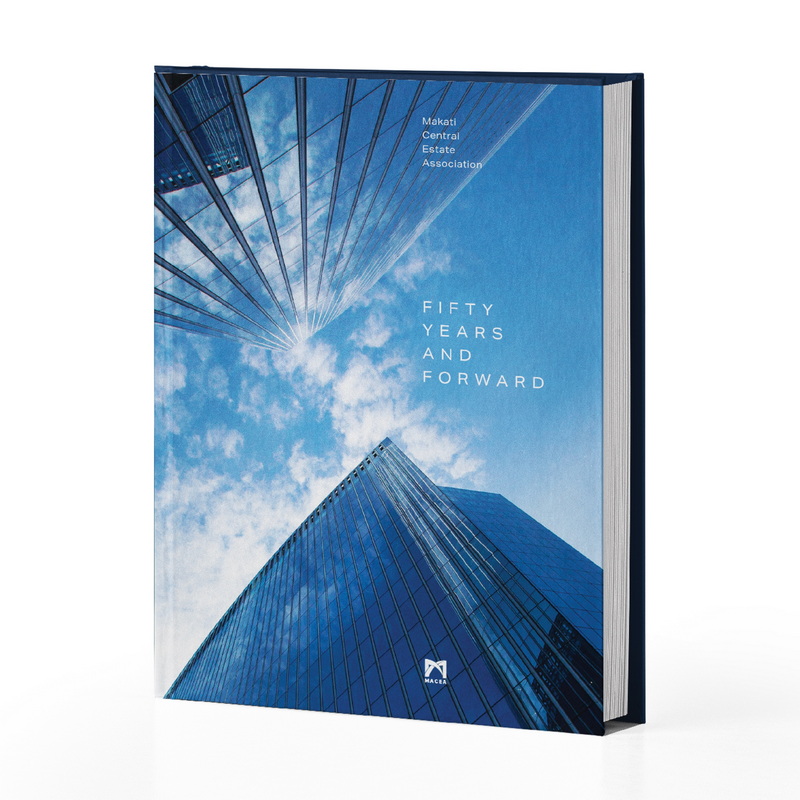
ALI is the main catalyst in developing then Hacienda Makati into one of the country’s important districts. MACEA is lifting pages off from its newly published coffee table book, Makati, Fifty Years and Forward, as the basis of the tour. The hefty 300-page book features essays from the author and project director Lisa Guerrero Nakpil on how Makati thrived to become one of the country’s premier addresses, new images of the city by legendary photographer Wig Tysmans, Patrick Diokno, and Paul Quiambao that capture the energy of the district, and never-before-seen pictures of the Makati CBD master plan and its development throughout the years.
With the book as a guide, below are some of the can’t-miss Makati CBD spots that anyone can explore on foot or using bike rentals available around this well-planned, pedestrian-oriented district.
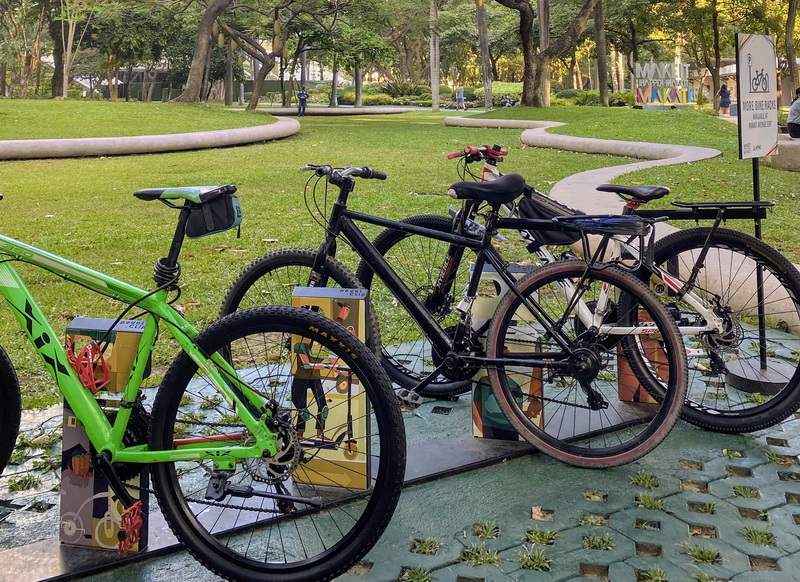
Ayala Triangle. Right at the heart of Makati CBD is the verdant and vibrant Ayala Triangle where the iconic Tower One and Exchange Plaza is located. The former home of the Philippine Stock Exchange and the headquarters of Ayala Group, it is also home to some of the important works of celebrated Filipino artists. Guests in the lobby can see not just one but three works of art: a painting by Ang Kiukok, a piece by Impy Pilapil, and a wall art at the mezzanine by Arturo Luz.
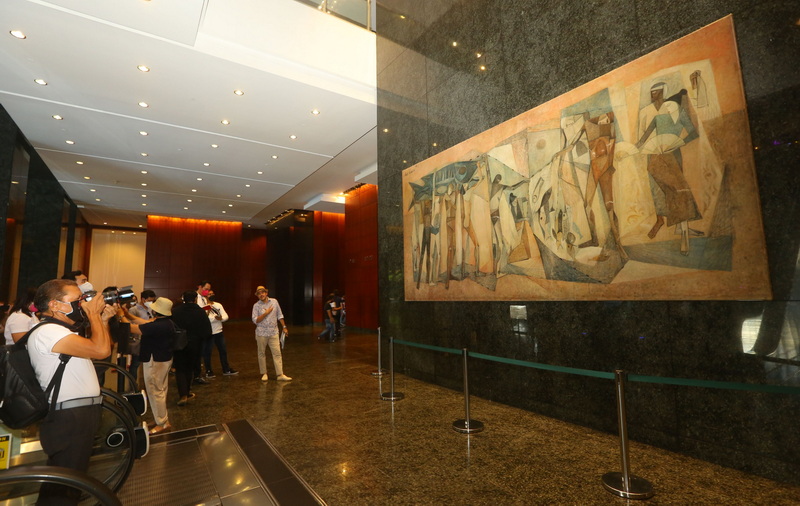
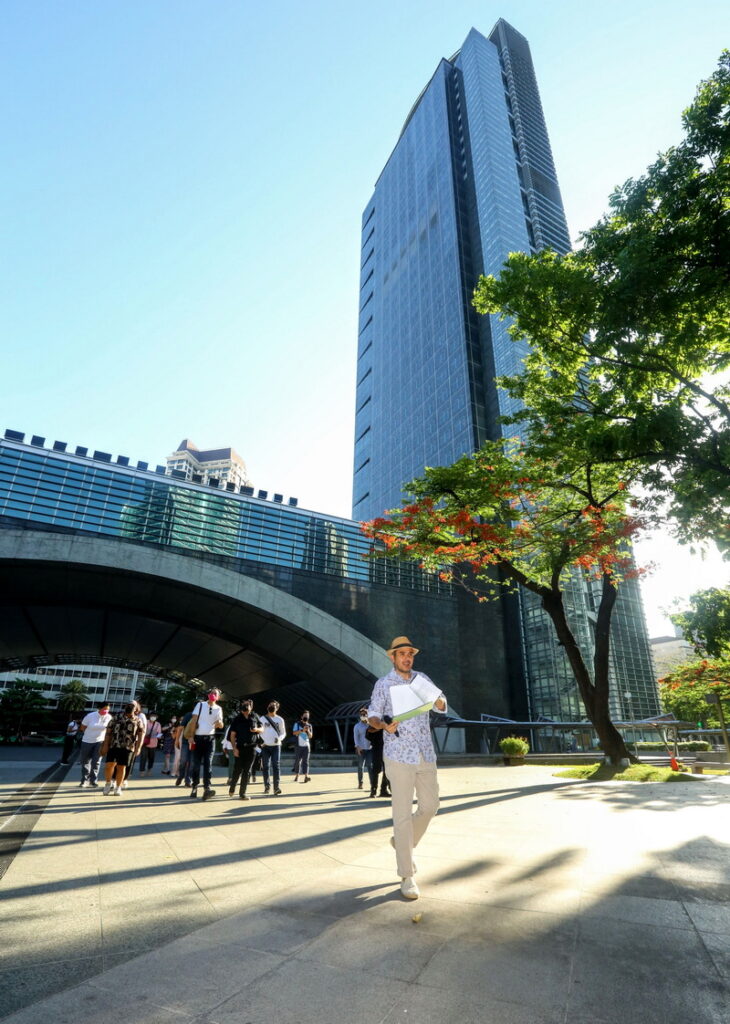
As one of the prime business locations in the metro, Tower One is surrounded not only by the open space and greenery (and thousands of lights during Christmas) in Ayala Triangle Gardens but also by history. At a courtyard a few steps away from the Plaza Fountain is the special weathered steel memorial for Col. Joseph McMicking and Mrs. Mercedes Zobel-McMicking. Col. McMicking together with Enrique Zobel, Alfonso Zobel de Ayala, and Jaime Zobel de Ayala are the four visionaries who are credited for their significant contributions to the development of Makati’s financial district.
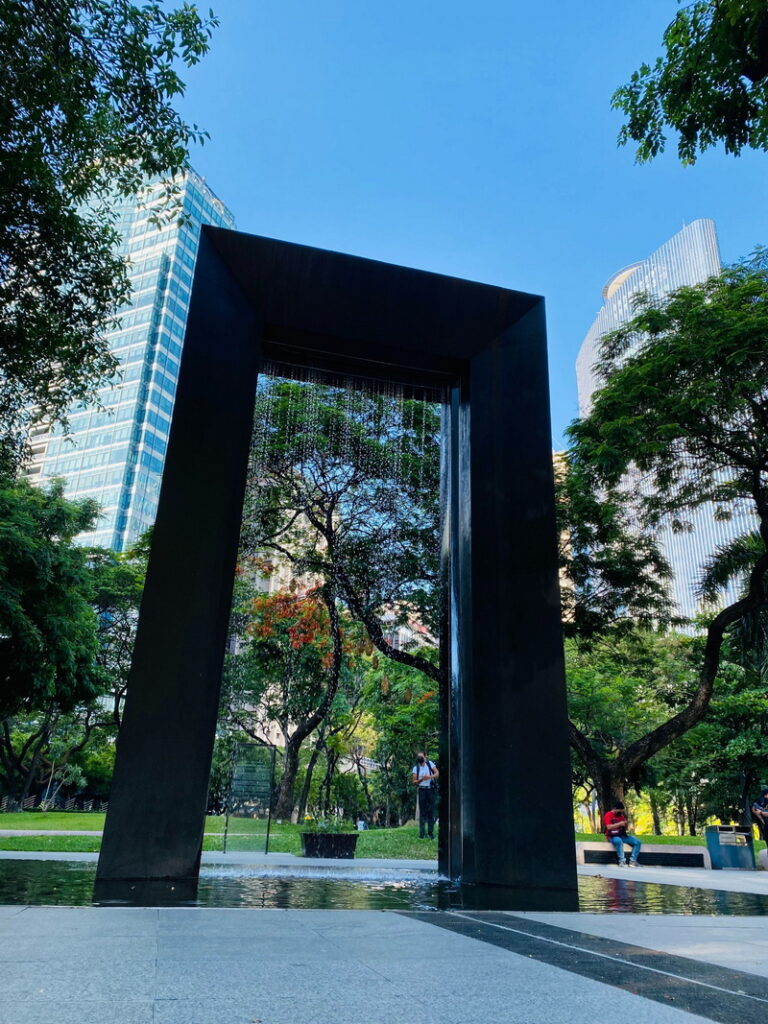
Another historical location that you can find in the Ayala Triangle is the Nielson Tower, which is the former air control tower of the country’s first commercial airport. It’s now home to Blackbird, one of the must-try dining destinations in the country that offers eclectic menus inspired by the aviation history of the building. Move towards Paseo de Roxas to see the bronze Ninoy Aquino Monument by sculptor Paeter de Guzman that serves as a reminder of everything that the former senator and Filipino hero Benigno “Ninoy” S. Aquino Jr. fought and died for.
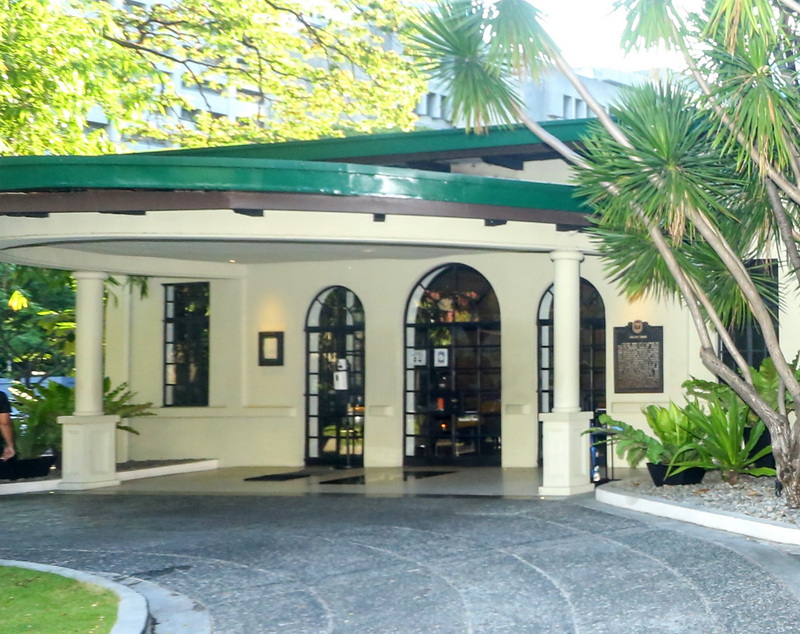
Legaspi Village. Often considered as a sanctuary in the middle of the city, the charming tree-lined streets of Legaspi Village are brimming with hip and unique restaurant concepts that will excite every foodie. Here, you can find the new stylish Filipino resto Tatatito and the traditional multi-course Japanese resto Kyo-to on Palanca Street. On Rada Street, you can take someone special to Japanese-Peruvian resto Nikkei, or enjoy some familiar Filipino dishes offered at Sarsa. Go on a food adventure and get a taste of Indonesian cuisine from Restoran Garuda on Salcedo Street, or some north Indian culinary delights from Mantra on Bolanos Street.
You can also find some of the metro’s best cafes in Legaspi Village, like Antipodean Café, Yardstick, and The Curator Coffee and Cocktails that doubles as a bar after dark, and Bad Café. On Sunday mornings, Legaspi Village plays host to the Legaspi Sunday Market where residents in the area shop for fresh organic produce and crafts, and relish homemade local and international food.
Apart from being a foodie hotspot, Legaspi Village is also loved for its Legaspi Active and Washington SyCip parks which are usually filled with joggers and dog walkers, especially after work hours. Situated right beside each other, the parks feature indigenous tropical trees and plants, benches, tiled walkways, jogging paths, and washrooms. The Washington SyCip Park has a Japanese garden and gazebos, while Legaspi Active Park has a children’s playground.
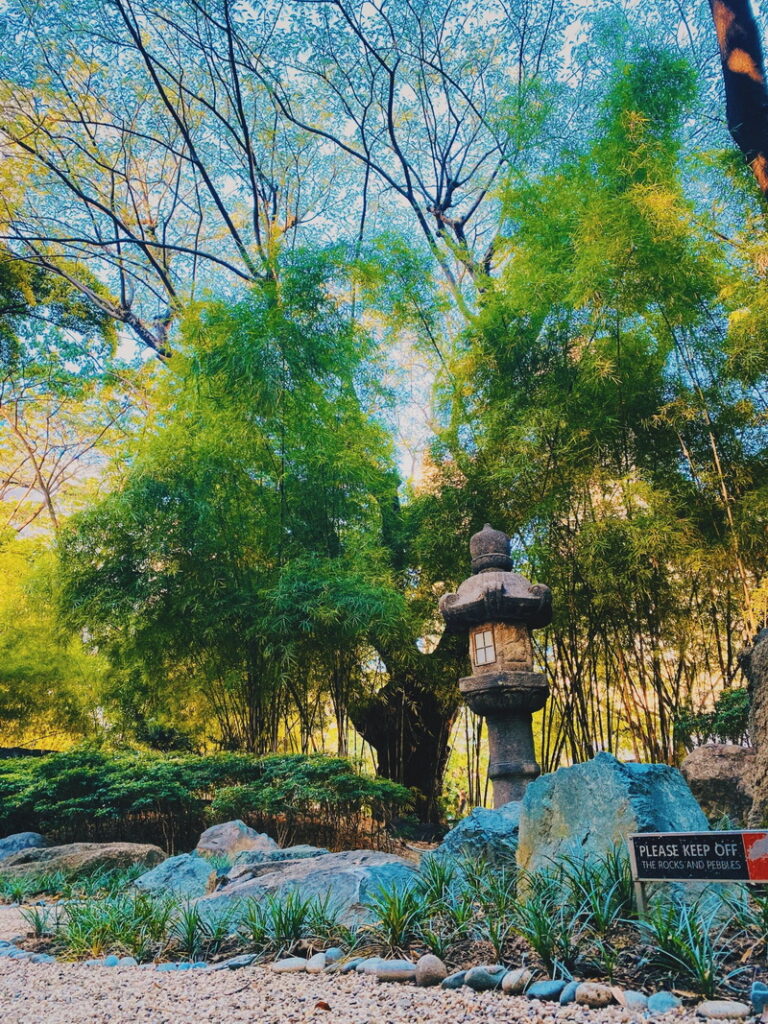
Salcedo Village. Known for its towering commercial and residential spaces, Salcedo Village is a place where anyone can easily mix business with pleasure. One of its landmarks is the Jaime C. Velasquez Park or commonly referred to as Salcedo Park. The home of the annual outdoor visual fair Art in the Park and the weekly Salcedo Sunday Market, this communal green space in Makati CBD has been recently renovated to add more amenities including a dog park to better serve those working and living nearby.
With a growing community of young professionals, artists, and families, this neighborhood also boasts of having a roster of restaurants that excite every palate. It’s home to the charming and cozy Spanish resto Pablo near the Salcedo Park, comfort food bistros like The Wholesome Table on H.V. Dela Costa and L.P. Leviste streets, and the popular Japanese ramen resto Mendokoro Ramenba on Soliman Street.
Ayala Avenue. A major thoroughfare, Ayala Avenue is not only one of the busiest roads in the metro—look around, and see all the stunning skyscrapers that shape the Makati skyline. From Gil Puyat Avenue, it’s easy to spot RCBC Plaza that houses the Carlos P. Romulo Auditorium and the Yuchengco Museum. There’s Ayala North Exchange on the corner of Salcedo Street, which is turning into a creative hub that has its very own green wall that serves as natural air filters.
Of course, who would miss that iconic building on Paseo de Roxas? Insular Life, the first skyscraper in Makati, was built in 1962 by the renowned architect Cesar Concio. Upon reaching Makati Avenue, commuters can see Manila Peninsula and its majestic fountain. Then, there’s the Apartment Ridge, home to the first condominiums in Makati. And finally at the corner of Ayala Avenue and EDSA, there stands One Ayala that’s being developed to offer office towers, hotel and serviced apartments, retail spaces, and Makati’s future transport hub—all connected to the Ayala Center, a major commercial space covering shopping malls like Glorietta and Greenbelt, department stores, and hotels.
New buildings are also expected to rise soon to redefine the Makati skyline like Tower Two which will soon become the new home of the beloved Mandarin Hotel.
Ayala Museum. A guide to Makati CBD will never be complete without a mention of the Ayala Museum, whose collection focuses onPhilippine history and iconography. Some of the collection highlights include paintings by Juan Luna and Fernando Zobel and objects that give a glimpse on precolonial Filipinos’ way of life. It also features a digital gallery at the lobby which enables visitors to explore the collections in the museum and have an interactive experience on art and history.
With everything it offers, Makati CBD truly presents Filipinos and expats a one-of-a-kind urban experience. It’s unthinkable how this bustling business and lifestyle capital was also once an idle grassland. Its transformation over the years would never be possible without the Col. McMicking’s visionary master plan for this land, and more importantly, without the commitment of the current business leaders who are unlocking the district’s potential.
Reserve and buy a copy of Fifty Years and Forward. Call the MACEA office at +63917-826-4561 or send an email at fiftyyearsandforward@gmail.com. Like and follow @macea.com.ph and @officialayalaland on Facebook for updates on Makati Central Business District.

